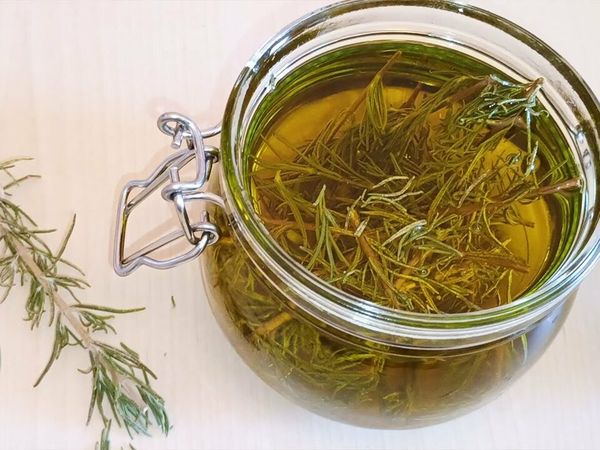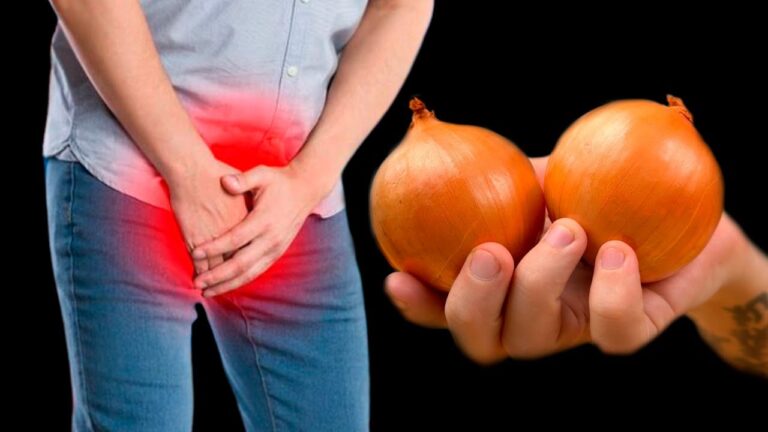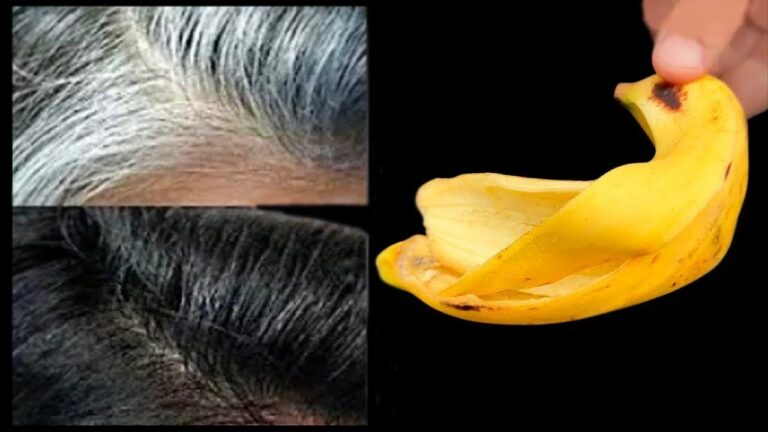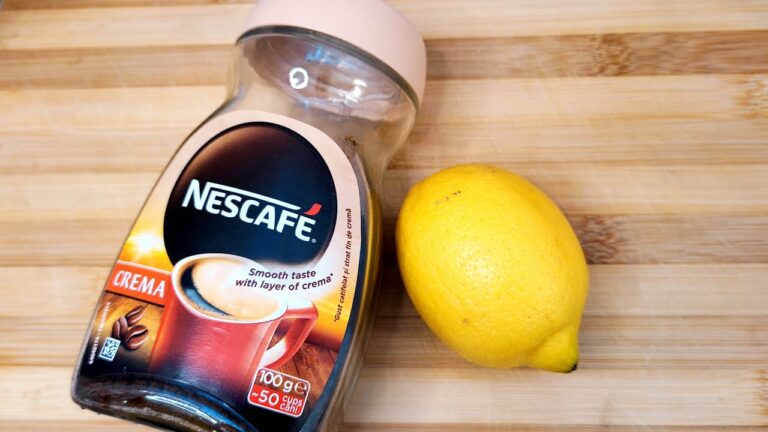Combining ginger and cloves can offer an impressive range of health benefits, as both ingredients are powerful on their own but even more effective together. Here’s how this combination can positively impact your body:
1. Enhanced Digestion
- Ginger stimulates digestive enzymes, which helps improve digestion and reduce bloating, nausea, and indigestion.
- Cloves have carminative properties that can help ease gas, while their antimicrobial properties can fight off harmful bacteria in the digestive tract.
2. Anti-Inflammatory Effects
- Ginger is well-known for its anti-inflammatory properties due to compounds like gingerol, which can help reduce pain and inflammation, particularly in joints and muscles.
- Cloves contain eugenol, a potent anti-inflammatory agent that works with ginger to relieve inflammation, making this combination useful for those with arthritis or other inflammatory conditions.
3. Natural Immune Booster
- Ginger and cloves are packed with antioxidants that help protect cells from damage and bolster immune function. Ginger also has antiviral properties, making it useful during cold and flu season.
- Cloves have antibacterial and antifungal properties that help the body ward off various infections.
4. Pain Relief
- Both ginger and cloves have natural analgesic properties. Clove oil has long been used to relieve toothaches due to its numbing effect, while ginger can reduce muscle pain and soreness, making this combo effective for natural pain relief.
5. Improves Circulation
- Ginger can help improve blood flow and circulation, while cloves help thin the blood, reducing the risk of clots. Together, they can support cardiovascular health and help maintain healthy blood pressure levels.
6. Antioxidant Powerhouse
- This duo is rich in antioxidants like gingerol, shogaol, and eugenol, which help reduce oxidative stress in the body. These antioxidants may protect against chronic diseases such as heart disease and certain cancers.
How to Use Ginger and Clove Together
Ginger-Clove Tea Recipe:
- Ingredients:
- 1-2 inches of fresh ginger, sliced
- 3-4 cloves
- 2 cups of water
- Honey and lemon (optional, for flavor)
- Instructions:
- Boil the water and add the ginger slices and cloves.
- Simmer for about 10-15 minutes.
- Strain into a cup, add honey and lemon if desired, and enjoy.
Precautions
- Moderation: While both ginger and cloves offer health benefits, consuming them in large amounts can lead to digestive discomfort.
- Medical Conditions: If you are on blood-thinning medication or have underlying health conditions, consult with a healthcare provider before regularly consuming ginger and clove together.
Incorporating ginger and cloves into your diet can be a natural way to boost your health and support various bodily functions. This combination is a powerful remedy to consider for improving digestion, relieving pain, and enhancing immune health.








